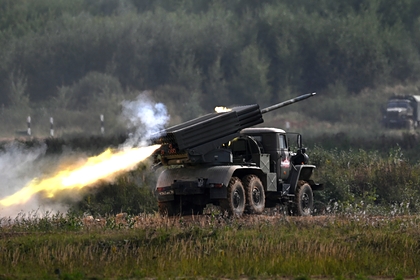The Russian air defense systems used by Armenia in Nagorno-Karabakh turned out to be outdated and unreliable, the American magazine Popular Mechanics tells .
The publication claims that the Russian weapons could not counteract the Turkish (Bayraktar TB2) and Israeli (Harop) drones produced by Azerbaijan.
The magazine writes that during the last conflict in Nagorno-Karabakh, Russian air defenses "proved to be notoriously unreliable in detecting Azerbaijan's deadly fleet of combat drones, which were much smaller and more maneuverable than the fighters that Russian systems were supposed to help stop."
Popular Mechanics notes that Bayraktar TB2 in Nagorno-Karabakh could have been stopped by means of electronic warfare (EW), which Armenia did not have at its disposal.
The publication admits that the use of unmanned technologies promises to revolutionize modern warfare. "If the US or NATO is ever drawn into a war with Russia, China or Iran, they will face similar opportunities," the magazine concludes.
In October, the Armed Forces of Ukraine (AFU) for the first time used the Turkish Bayraktar TB2 drone in combat operations in the Donbas.
In November 2020, Konstantin Makiyenko, occupying the post of Deputy Director of the Center for analysis of strategies and technologies (cast), commenting on the results of the recent conflict in Nagorno-Karabakh, which, in his opinion, Russia was losing side, said that the APU is equipped with weapon systems that are not in Russia, in particular anti-tank missile complexes of the third-generation drones and bombers.
Ivan Potapov

